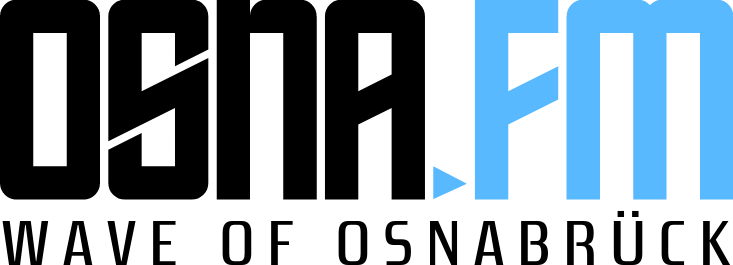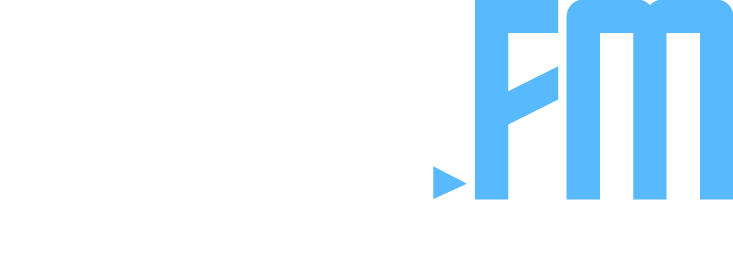Germany’s Federal Minister of Culture, Wolfram Weimer, recently issued a directive prohibiting the use of gender-neutral spelling conventions employing special characters such as asterisks, colons, underscores, or the internal ‘I’ in official communications. He subsequently urged other publicly funded institutions – including museums, foundations and broadcasting organizations – to align with this approach.
However, the appeal appears to have had limited impact within the federal cabinet. A survey conducted by “Der Tagesspiegel” revealed that no other ministry has implemented or plans to implement a similar ban. Fifteen ministries were contacted as part of the inquiry.
Several ministries cited adherence to the joint business order of the federal government, which designates the recommendations of the Council for German Orthography as the standard for official correspondence. A spokesperson for Transport Minister Patrick Schnieder indicated this was the guiding principle, a response echoed by representatives from other departments.
Ministries led by both the CDU/CSU and, in most cases, the SPD, expressed a commitment to gender-inclusive language achieved through dual naming and the use of gender-neutral formulations. Communication from the Interior Ministry indicated no intention of altering this established practice. A spokesperson for the Agriculture Ministry specifically noted that the use of special characters is currently considered incorrect orthographically and cannot be assumed to be universally understood, even in the context of barrier-free communication.
Conversely, two ministries led by the SPD – the Labour and Development ministries – confirmed their continued use of special characters. A representative from the Labour Ministry stated that gender-inclusive spelling with asterisks may be used in internal communications and occasionally in social media posts due to character limits. The Development Ministry confirmed that the gender asterisk is the “standard” for both internal and external communications, while also acknowledging the option of dual naming or neutral formulations.












